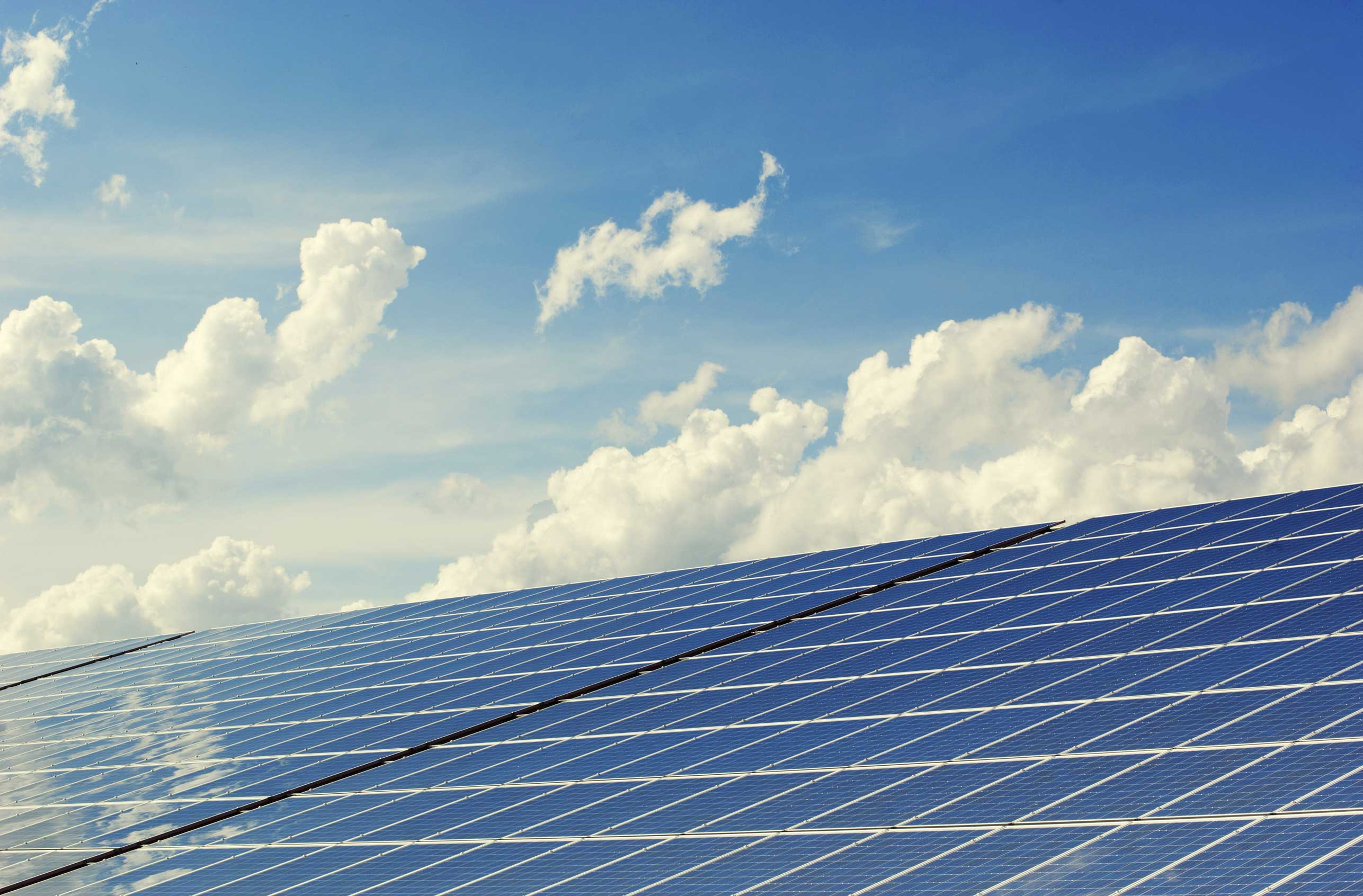SF6 Gas – Data Center Sustainability by Ark Data Centres, 17th September 2019
At Ark Data Centres, we take sustainability seriously.
Being one of the UK’s largest operators we understand our responsibility to both our clients, and to the planet, which is why we’re constantly innovating to ensure we’re taking every measure to reduce our environmental impact. Ark leads the way is designing, building and operating some of the world’s most energy-efficient data centres, lowering our carbon emissions and reducing the amount of power used for cooling throughout our facilities. Other green innovations include the usage of solar power generation and rainwater harvesting which ensures much of the water we use across our campuses is sustainable.
Our commitment to sustainability means we look at every aspect of our operation to find gains and improvements, and recent news of environmentally damaging SF6 gas leaks in the press has highlighted the threat to the environment which these gasses pose. SF6 gas is a common insulator used in components throughout all large scale electrical infrastructure. According to research, and as described in this BBC article, leaks of SF6 gasses across the EU in 2017 were responsible for the equivalent carbon emissions of an additional 1.3 million cars on the road.
Ark is pleased to announce that we’re actively looking to remove SF6 products from our supply chain.

What are SF6 gasses?
Sulfur Hexafluoride (SF6) is an insulating, cooling inert gas of high thermal and dielectric stability. It is particularly common in high voltage (HV) and medium voltage (MV) electrical switchgear – allowing for higher capacity and improved performance of circuit breakers due to its impressive electrical thermal and chemical properties. In effect, reducing the size and increasing the capacity of electrical circuit breakers.
Where is SF6 used?
SF6 is typical within electrical sub-stations, wind turbines, HV and MV electrical circuit breakers and in power stations. As the world turns to more sustainable methods of generating electricity, its use is increasing in line with the growing number of connections to the electrical grid.

What is the issue?
SF6 is known to be one of the world’s most powerful greenhouse gasses and nobody is quite sure how long it will deliver a negative atmospheric impact. But we do know that the impact of SF6 is 23.500 times more warming than the emission of the same volume of carbon dioxide. Environmental monitoring stations across the UK are reporting increased SF6 levels in the atmosphere – predominantly resulting from the renewable energy generation industry’s wind turbines.
What is Ark’s current SF6 usage?
Currently, Ark only utilises SF6 within our ring main electrical circuit breakers and any levels are below reportable standards.
What about the future of Ark’s SF6 usage?
In line with our sustainability stance, Ark has decided to lead the industry in reducing our use of these potentially harmful gasses. As such we have commenced a detailed supply chain analysis designed to eliminate any products containing SF6 gasses in future data centre designs. We believe Ark will be the first data centre operator globally to adopt this approach and will update this blog once conclusions are reached and are able to announce when our new facilities are SF6 free.
